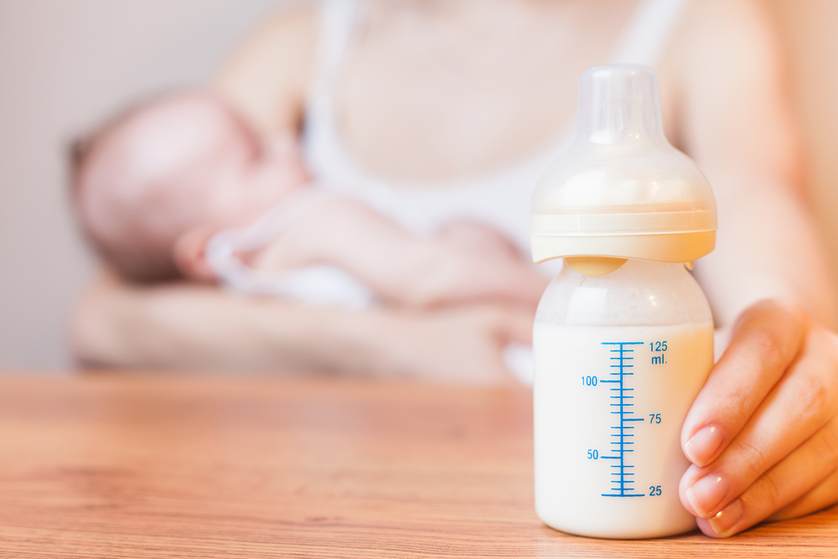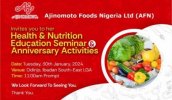Many women wonder how they can breastfeed their babies uninterrupted for six months at a stretch without adding water, local pap or soft food. Some face the challenge of overambitious grandmothers, well-wishers and advisers who believe the mother’s milk can never be sufficient for the feed.
Research shows that breast milk is so important that it is the only food/ drink your baby needs for the first 6 months of life. This fact is supported by the World Health Organization, UNICEF, Pediatric associations and a host of others.
You should note that as your baby grows older, the composition of breast milk changes to keep up with baby’s nutritional needs. Breast milk contains an adequate amount of protein, fat, antibodies and other immune factors that help protect against infections and some childhood disease.
In fact, exclusive breastfeeding has got immense benefits, it improves mother-child bonding, it is quite affordable, easily accessible and very available! So why not draw your baby closer to you, welcome her to the world’s best food on earth and make a personal commitment not to stop until she is six months.
It should interest you that babies are often more alert and interested in feeding in the first hour following birth. For caesarean births, the mother or father can hold the baby skin to skin until the baby can enjoy his or her first feed. When a baby is placed to the breast within the first hour, many times lactation failure is prevented.
Along with this journey, you might experience bumps and fears such as will my baby latch properly or will I have enough milk to last for 6 months. To help milk production. Sit or lie down comfortably, using pillows for support and comfort if necessary. Relax your shoulders and bring your baby to your breast rather than your breast to baby.
You can also massage your breast before feeding or have your back kneaded. Remember to ensure all the dark part around the nipple is in your baby’s mouth otherwise you may end up with a sore, cracked or painful nipple.










Comments